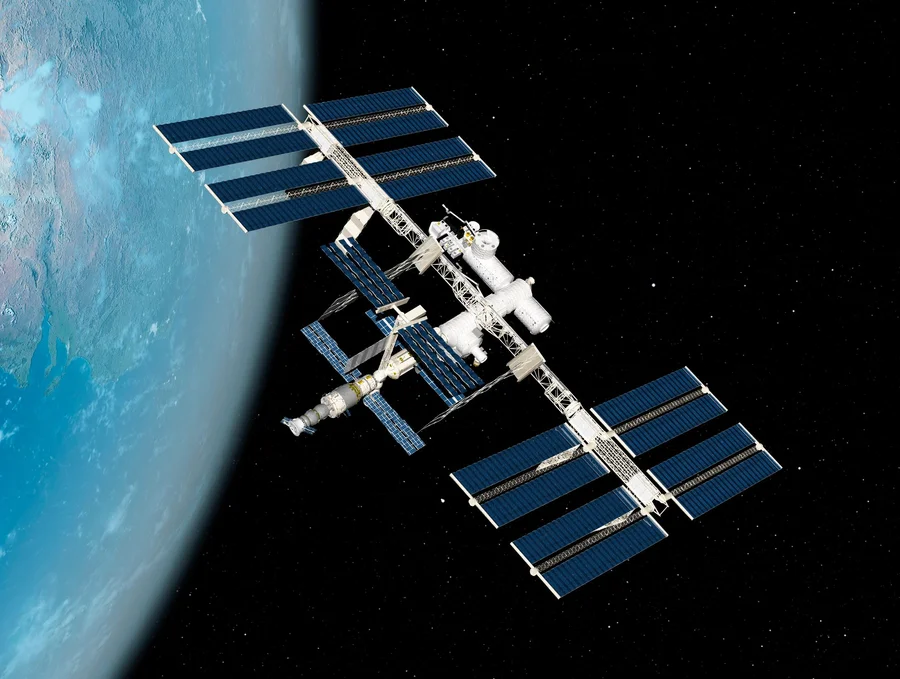Hewlett Packard Enterprise has announced it has sent a third iteration of its Spaceborne Computer to the International Space Station (ISS), with the aim to provide the international scientific community access to an expanded scope of space-based edge computing, AI and machine learning (ML) capabilities.
Built from commercial off-the-shelf servers, the goal of HPE Spaceborne Computer-2’s latest trip is to build upon the system’s previous success while expanding the scope and complexity of data centre-level processing and high performance computing (HPC) that can be done in space, including AI and machine learning (ML) workloads.
Edge computing, using the HPE Spaceborne Computer-2, has created a number of breakthroughs in space exploration, from monitoring astronaut health on long space missions to aiding weather predictions and response recovery efforts on Earth.
Satellites are essential to observing Earth from space to study science and climate, as well as support disaster response. Using HPE Spaceborne Computer-2, researchers have been able to test several deep learning inference networks to automatically interpret remote sensed images from land and structures after a disaster.
These can include determining the extent of flooding, such as from a hurricane, and to determine urban building damage, such as from an earthquake. These techniques could be used onboard future spacecraft to rapidly deliver actionable products to relevant authorities to assist in disaster recovery.
HPE helping advance research on Earth and in space
After installation of HPE Spaceborne Computer-2 is completed on the space station, the system will be used by researchers to advance innovation and save time. Traditionally, data gathered in space was collected aboard the research outpost and sent to Earth for processing. An onboard supercomputer enables data to be evaluated in low Earth orbit in near-real time, making it possible to achieve a 30,000 times reduction in download size by only transmitting the data output, or insight, to Earth instead, therefore drastically reducing download times.
Research slated for HPE Spaceborne Computer-2 includes a federated learning (FL) experiment that will independently train ML models and inference engines that were originally created on the Cloud. The experiment will be collaborated on and operated by cloud service providers with the dual-intent to contribute to ML training models used on Earth and maintain an up-to-date AI inference engine in space.
“The Spaceborne Computer has the potential to not only accelerate data processing in space but also speed up the exchange of data insights between Earth and space,” Mark Fernandez, Principal Investigator for HPE Spaceborne Computer-2, told the ISS National Laboratory. “This ultimately streamlines in-space research and bolsters the application of edge computing, AI and ML on the space station.”





I do not even know how I ended up here but I thought this post was great I do not know who you are but certainly youre going to a famous blogger if you are not already Cheers
Your article helped me a lot, is there any more related content? Thanks!